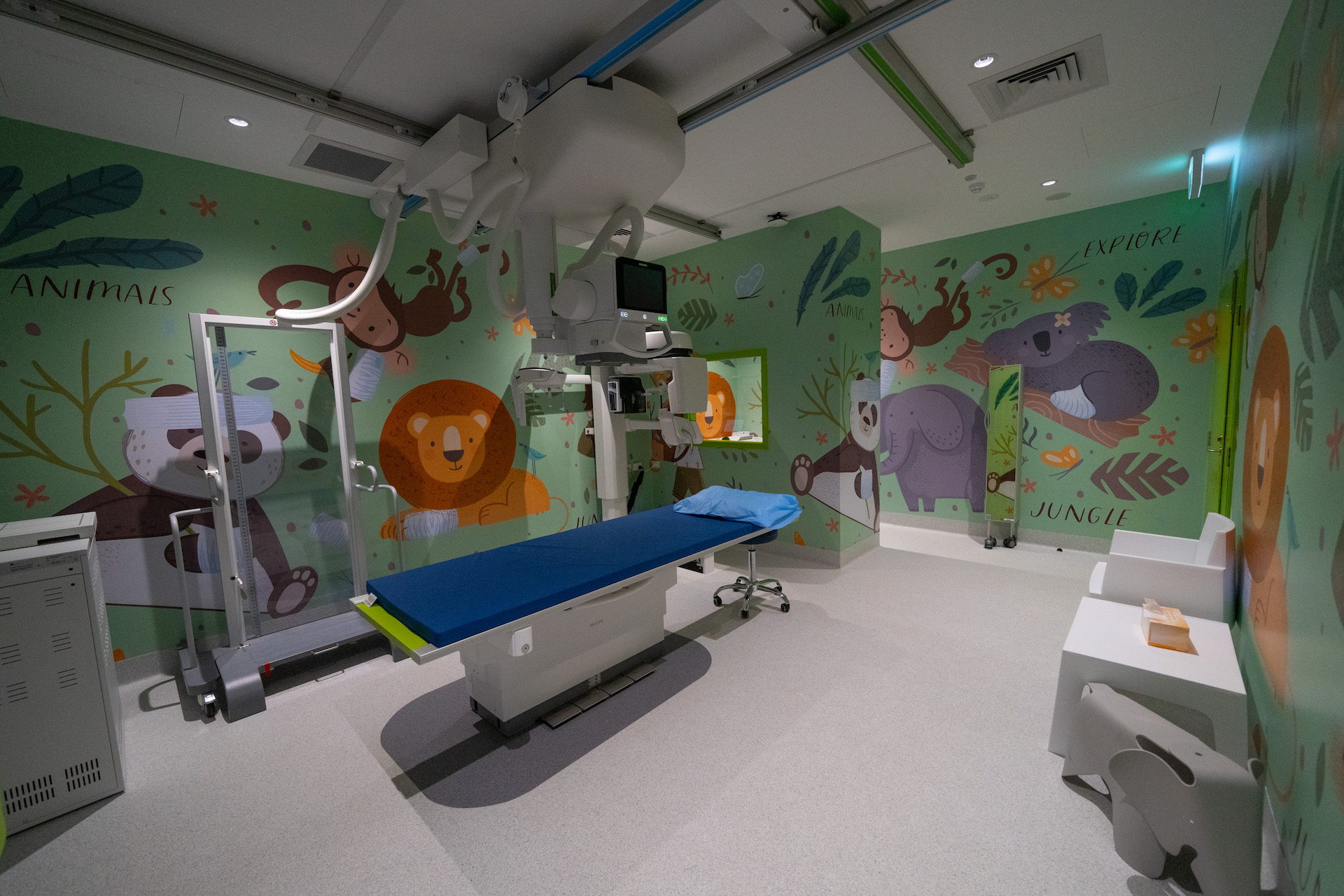Knee pain is a common issue that can occur for many reasons.
A knee Xray can help to determine the cause of your knee pain and provide a fully detailed image of your bones.
If you are experiencing knee pain, Xrays may be the solution you are looking for. With a clear picture of the inside of your knee, doctors will be able to diagnose the problem and provide you with the best possible treatment plan.

What is a knee Xray, and how does it work?
A knee X ray is a common diagnostic tool used to assess the structure and function of the knee joint. It involves taking pictures of the knee with a specialized X ray machine, which can penetrate through bone and tissue to visualize any potential issues. For example, a knee X ray can detect bone fractures, arthritis, ligament tears, and abnormalities in the joint alignment. It is often used in conjunction with a physical examination and other imaging tests, such as an MRI or CT scan, for a more comprehensive assessment. A knee X ray is a painless procedure that takes just a few minutes to complete. A radiologist then interprets the images, and the results are reported to the patient’s physician for further evaluation and treatment planning. Overall, a knee X ray can provide valuable insight into any potential problems within the knee joint, allowing for appropriate management and care.
Why might you need a knee x-ray?
A knee Xray may be necessary for a number of reasons. First, it can aid in diagnosing a bone fracture, such as in the tibial plateau or patella. The tibial plateau fracture is a break in the upper part of the shinbone (tibia), just below the knee joint. This type of fracture is often caused by high-impact trauma, such as a car accident. A patella fracture is a break in the kneecap (patella), which can also be caused by trauma or overuse injuries. It can also help to detect degenerative conditions like osteoarthritis or rheumatoid arthritis. In addition, an Xray can reveal any abnormalities or foreign objects within the joint and may be necessary to assess for injury or inflammation of soft tissue structures surrounding the knee. Finally, in cases of severe knee pain or swelling, an Xray may be necessary to rule out potential fractures and determine the best course of treatment. So next time your doctor orders a knee xray, remember that it could provide valuable information about the state of your joint health.
How to prepare for your knee x-ray
If you have been ordered to get a knee x-ray, there are some steps you can take to ensure an accurate and successful imaging session:
- Avoid wearing clothing with metal accents, such as zippers or buttons, as these can interfere with the x-ray image.
- Refrain from wearing any jewellery or other accessories on or near the knee being imaged.
- Inform your doctor about any medications you may be taking, as some can affect the clarity of the x-ray image.
- Make sure to follow the technician’s instructions during the imaging process to ensure clear images of your knee.
Following these simple tips can prepare you for a successful and informative knee x-ray.
What to expect from your knee x-ray
During the scan
As you proceed to the imaging room, a technologist will warmly greet you and ask you to remove any metal objects that might interfere with the quality of the images. This includes wallets, jewellery, belts, and shoes with metal buckles. Next, you will be asked to lie on your back on an x-ray table. The technologist will position your leg so that the knee joint aligns with the x-ray machine. Next, a lead apron will be placed over your pelvis to protect you from radiation exposure, as x-rays are a form of ionizing radiation.
After the scan
Once the images have been acquired, the technologist will help you off the table and escort you back to the waiting area. The radiologist will then interpret the images and send a report to your referring physician. Your doctor will discuss the findings with you at your follow-up visit.
Moreover, you can return to your normal activities immediately after the procedure. Therefore, there is no need for any special care or recovery time.
What are the benefits of a knee x-ray?
Many benefits come with getting a knee x-ray. These benefits include:
- Painless procedure: A knee x-ray is a painless procedure. No sedation or anesthesia is needed, and you can return to your normal activities immediately after the scan.
- Safe: X-rays are a form of ionizing radiation, but the amount used in this procedure is very low. The benefits of the information gained from the x-ray far outweigh the risks of the small amount of radiation exposure.
- Informative: A knee x-ray can provide valuable information about the condition of your joint. It can aid in diagnosing problems such as fractures, arthritis, or foreign objects in the joint.
- Readily available: X-ray machines are readily available in most hospitals and clinics. It makes them a convenient choice for diagnosing knee problems.
- Not too much preparation: There is no need for extensive preparation prior to a knee x-ray. You simply need to remove any metal objects that might interfere with the quality of the images.


